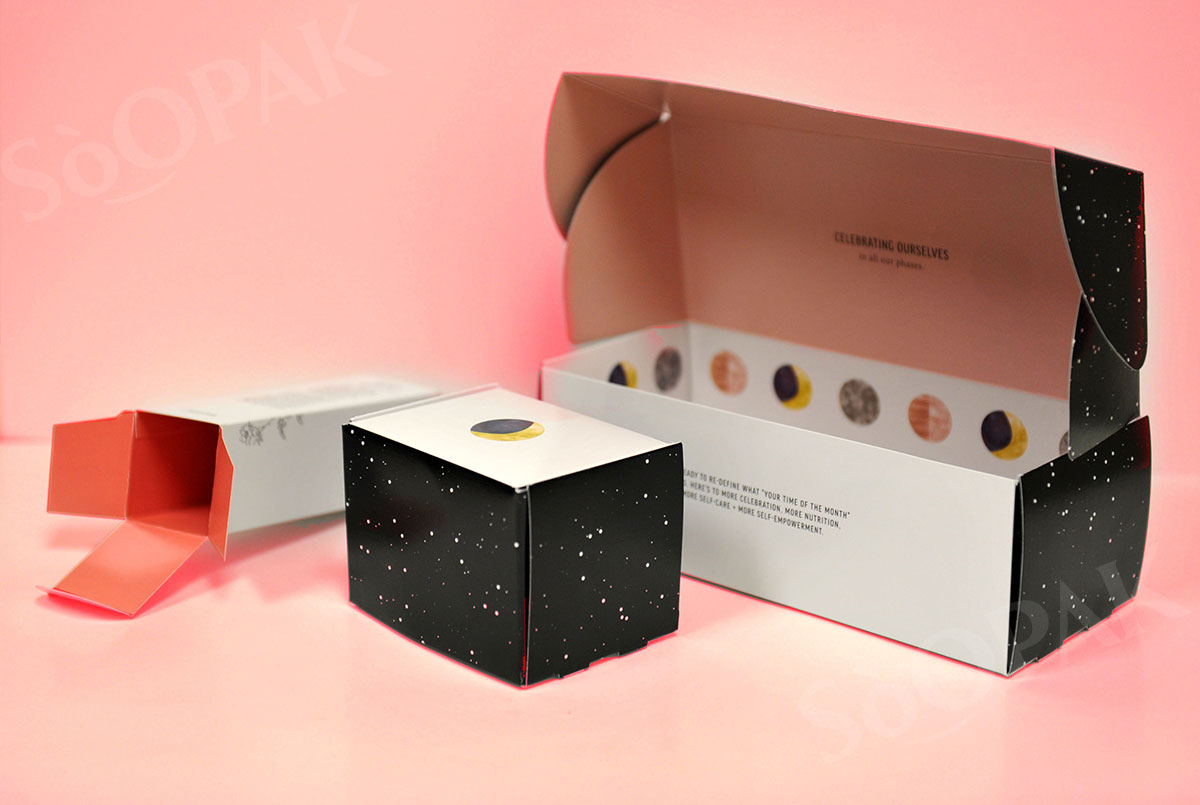Choosing the right box for your packaging needs is crucial. Selecting the wrong one can lead to a damaged product or even spending more than you need on materials for the box and shipping. To get the right box, you can always ask your packaging supplier for advice. Whether you do that, these tips should help, minimizing the time spent wondering what type and size of box are right for your product.
It Must Protect Your Product
One of the most important considerations when choosing a box for your packaging needs is whether it can protect your product adequately. You do not want to choose a box that lets your product arrive at its location damaged; you likely will have to replace those damaged products for free, hurting your bottom line. Instead, consider how fragile your product is and what type of protection a box can offer. Factors like additional padding via plastic or the thickness of the cardboard can play a role. When considering whether the chosen box can protect your product, don’t forget to consider how it will be transported and displayed; make sure it can support being stacked.
Size and Shape
It should go without saying that the size and shape will play key roles in your chosen box. Generally speaking, you want to choose a box that is as close to the dimensions of your product as possible. This will minimize the cost of producing the box and the amount of space it takes up, which allows for cheaper shipping and more products to be displayed on store shelves. Of course, you might need to make your box slightly larger than your product if it needs extra protection or this will affect how it is displayed.
The average box will be some sort of rectangle, so keep this in mind when planning what works best for your product. If a rectangular shape would require lots of excess space in your box, consider custom packaging or other box styles, like tulip boxes, pillow boxes, envelopes, or even hexagons. Some of these work well for thin or fragile objects that would seem ridiculous in a rectangular package.
Box Style
The box style you select doesn’t only refer to the shape of the chosen packaging, but also how it closes and displays your items. If your product will be placed by registers on a wall display, you will want a box style that is designed for this. Even with a regular rectangular box, you can choose from at least a half-dozen closing methods, such as T-boxes, self-lock boxes, foot lock trays, and side lock corners. Browse all the options; you might be surprised by the range of offerings and find something that works perfectly for your product that you didn’t know existed.
Selecting the Material
The other major consideration for your box is the material. Think about the thickness of the material, its price, and some of the factors mentioned above, such as its protective abilities. Paperboard and corrugated cardboard are the most commonly used packaging materials, but others are also available.




